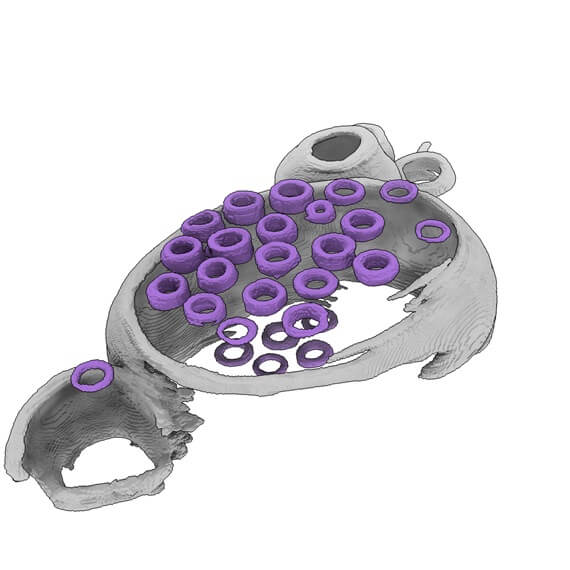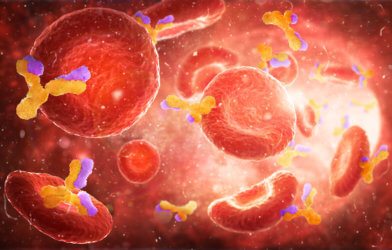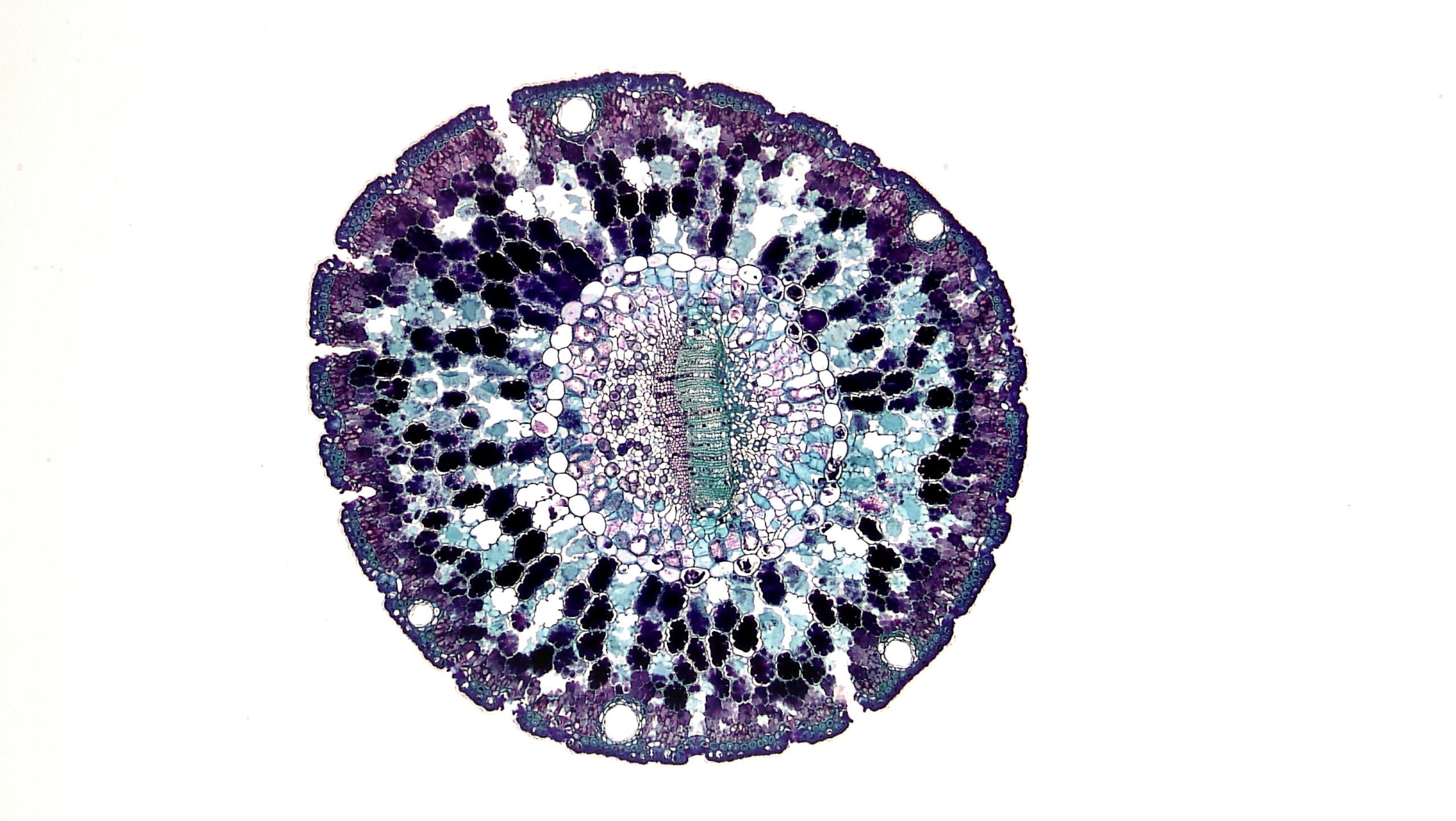Our robust defense system is composed of many cell types, including bacteria primarily within the gut. In order to keep themselves from being infected or killed by viruses, these bacteria utilize specific proteins that date back at least one billion years, according to a recent study. This implies that our immune system is most likely one of the first systems to have developed. Because of this, the bacterial proteins may offer new insight into the working of the immune system, researchers say.
“There has been a tremendous amount of work by researchers around the world to understand how the human immune system functions. The discovery that key parts of human immunity are shared in bacteria provides a new blueprint for research in this area,” says the study’s senior author, Philip Kranzusch, in a statement. Kranzusch is an Associate Professor of Microbiology and Immunology at Harvard Medical School and an Associate Professor of Cancer Immunology and Virology at Dana-Farber Cancer Institute.
The “Self-destruct” Mechanism

The ancient proteins, called gasdermins, work by ripping holes in the membranes of infected or cancerous cells. Inflammatory cytokines flow out the perforations, triggering the immune system to respond. This mechanism, known as pyroptosis, is part of the immune system’s arsenal for eliminating damaged or contaminated cells. It works in tandem with the more well-known “cell-mediated death” called apoptosis.
“Pyroptosis represents one of the fastest ways that the innate immune system [the body’s first line of defense against pathogens] responds to potential threats,” says co-first author, Alex Johnson, Ph.D., also of Dana-Farber.
Certain genes within the human genome are known to encode these proteins, of which six different gasdermin proteins have been produced. These genes are turned on at varying amounts in different types of cells.
Adaptation of Human Immune System
It was discovered in 2019 by Kranzusch and his colleagues that a human immunological signaling system known as cGAS-STING, which detects anomalies associated with cancer and illness, was first discovered in bacteria. “This and other discoveries motivated us to look for additional connections between immune-related proteins in human and bacterial cells,” Kranzusch notes.
The team studied portions of the bacterial DNA called “antiphage defense islands” in order to gain a better understanding of the bacterial gene sequences that enable them to evade infection. These “islands” include gene variants that help bacterial cells fight off specific viruses called phages. They discovered 50 genes in the bacterial genome that are responsible for producing proteins with a similar structure to the gasdermin proteins in humans.
“I determined a series of structures of these proteins using X-ray crystallography, which confirmed at atomic detail their architectural similarity with mammalian gasdermins,” Johnson adds.
Though bacterial gasdermins are physically similar to those in humans, Johnson discovered that they are half the size of human gasdermins. Interestingly, despite the size disparity, they help produce larger holes than their human counterparts. These proteins are triggered in the same manner, but the way in which they start in human cells is much more comprehensive. Infected bacterial cells die due to the membrane punctures, halting viruses almost immediately. In human cells, however, this process initiates a series of events that mobilizes more immunological components to fight the infection.
“This is an example of a very primitive form of defense, which, in humans, has been adapted and expanded with regulatory systems that enable our bodies to respond to infection or cancer,” Kranzusch says.
These ancient remnants can open the door for researchers to learn more about the evolution of the human immune system.“Seeing the simplest version of a machine can give you a new level of understanding of the machine as a whole,” Kranzusch says. “The same principle can apply to research into the immune system.”
The full study can be found in Science.












